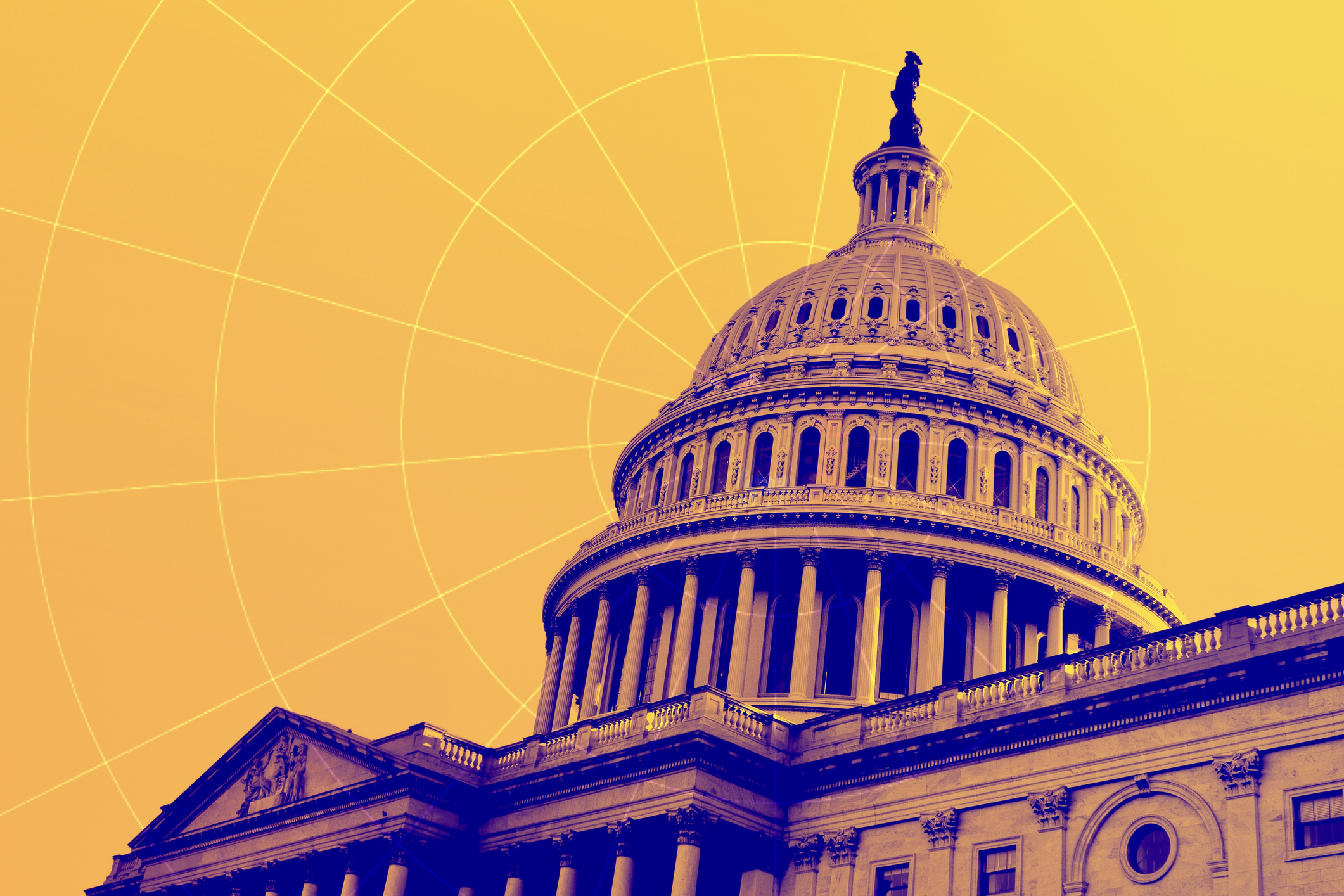Gartner reveals the top trends for government technology use in 2024
Five key areas that public sector CIOs will need to address to improve citizen services


Gartner has revealed what it considers the top five technology trends that governments across the world will need to grapple with in 2024.
The list reflects the rise of new cyber security threats and disruption from the adoption of AI, as well as growing instability in the global economy, which are all said to be putting greater pressure on governments.
Top of the list is adaptive security: Gartner predicts that by 2028, multi-agent AI in threat detection and incident response will rise from 5% to 70% of AI implementations, augmenting rather than replacing staff.
"Government CIOs and leaders need to overcome any lingering resistance to the adoption of adaptive security by linking its value to broader organizational objectives, such as digital innovation and transformation, national security objectives and operational resilience," says Todd Kimbriel, VP analyst at Gartner.
Gartner also lists the digital identity ecosystem, which includes user authentication, unique citizen or organization identifiers, and credential verification such as smartphone-based identity wallets.
Government CIOs can build a stronger digital identity strategy by building on existing use cases and partnerships to break out of traditional sector silos and bring greater value for citizens, government, and businesses, the analyst house concludes.
| 1. | Adaptive Security |
| 2. | Digital identity ecosystems |
| 3. | AI for decision intelligence |
| 4. | Digital platform agility |
| 5. | Programmatic data management |
It also says that, by 2026, more than 70% of government agencies will use machine learning, analytics and generative AI to enhance human decision making through tools to support improved government service delivery.
Get the ITPro daily newsletter
Sign up today and you will receive a free copy of our Future Focus 2025 report - the leading guidance on AI, cybersecurity and other IT challenges as per 700+ senior executives
"These tools will need to be subject to careful governance, so it’s important government CIOs drive AI adoption and governance policies throughout the organization," says Kimbriel.
"They must develop a strategy that incorporates these policies with a focus on desired outcomes, then take a continuous assurance approach to ensure they are maintained after implementation."
Platform cloud-based solutions also make the list, with Gartner recommending that government CIOs implement a multicloud strategy to maximize these opportunities. Cloud-native capabilities in these platform solutions provide greater cost control and faster time to value, it says.
RELATED WHITEPAPER

Finally, government leaders are demanding increased use of data for decision making and planning through programmatic data management: a systematic and scalable approach to enable enterprise-wide use of data assets, which is being advanced by automation platforms and their ability to incorporate AI capabilities.
According to Gartner, more than 60% of government organizations will prioritize investment in business process automation by 2026, up from 35% in 2022.
"Data remains the basis of decision making in government, and the growing proliferation of AI re-emphasizes the need for government CIOs to enhance the quality and efficiency of data at scale by improving the rules and structures that govern it," says Kimbriel.
Emma Woollacott is a freelance journalist writing for publications including the BBC, Private Eye, Forbes, Raconteur and specialist technology titles.
-
 Bigger salaries, more burnout: Is the CISO role in crisis?
Bigger salaries, more burnout: Is the CISO role in crisis?In-depth CISOs are more stressed than ever before – but why is this and what can be done?
By Kate O'Flaherty Published
-
 Cheap cyber crime kits can be bought on the dark web for less than $25
Cheap cyber crime kits can be bought on the dark web for less than $25News Research from NordVPN shows phishing kits are now widely available on the dark web and via messaging apps like Telegram, and are often selling for less than $25.
By Emma Woollacott Published
-
 Nearly half of all digital initiatives still fail – here’s how you can learn from the ‘digital vanguard’ and deliver success
Nearly half of all digital initiatives still fail – here’s how you can learn from the ‘digital vanguard’ and deliver successNews With most digital initiatives are failing to deliver, CIOs are urged to work more closely with other executives
By Emma Woollacott Published
-
 IT services spending set to surge in 2025 as CIOs shift to AI partner solutions
IT services spending set to surge in 2025 as CIOs shift to AI partner solutionsNews Organizations are set to shift from buying generative AI solutions to implementing partner solutions, according to Gartner
By Ross Kelly Published
-
 Businesses still don’t know who’s accountable for AI at executive level
Businesses still don’t know who’s accountable for AI at executive levelNews Executives are unclear on where the buck stops in terms of AI management
By George Fitzmaurice Published
-
 Return to office mandates can be divisive - here are three things business leaders can do to help smooth the transition
Return to office mandates can be divisive - here are three things business leaders can do to help smooth the transitionAnalysis With return to office mandates having sparked major spats between workers and employers, leaders need to consider how they can make changes attractive and effective
By George Fitzmaurice Published
-
 Global IT spending set to reach $5 trillion in 2024 amid optimistic industry outlook
Global IT spending set to reach $5 trillion in 2024 amid optimistic industry outlookNews IT spending growth in 2024 is expected to be more than double that of 2023
By George Fitzmaurice Published
-
 What will drive IT spending in 2024?
What will drive IT spending in 2024?In-depth Generative AI spending is unlikely to be high despite the hype, but sustainable technology will become a bigger priority.
By Rich McEachran Published
-
 Half of jobseekers turned down offers last year amid growing demands on employers
Half of jobseekers turned down offers last year amid growing demands on employersNews An increasingly competitive talent landscape means employers are being forced to offer a wider range of incentives
By Ross Kelly Published
-
 Worldwide IT spending to grow 4.3% in 2023, with no significant AI impact
Worldwide IT spending to grow 4.3% in 2023, with no significant AI impactNews Spending patterns have changed as companies take an inward focus
By Rory Bathgate Published